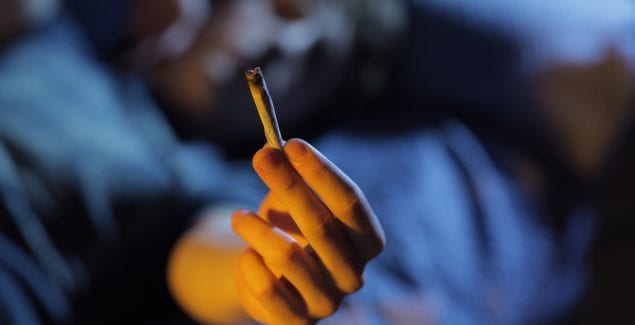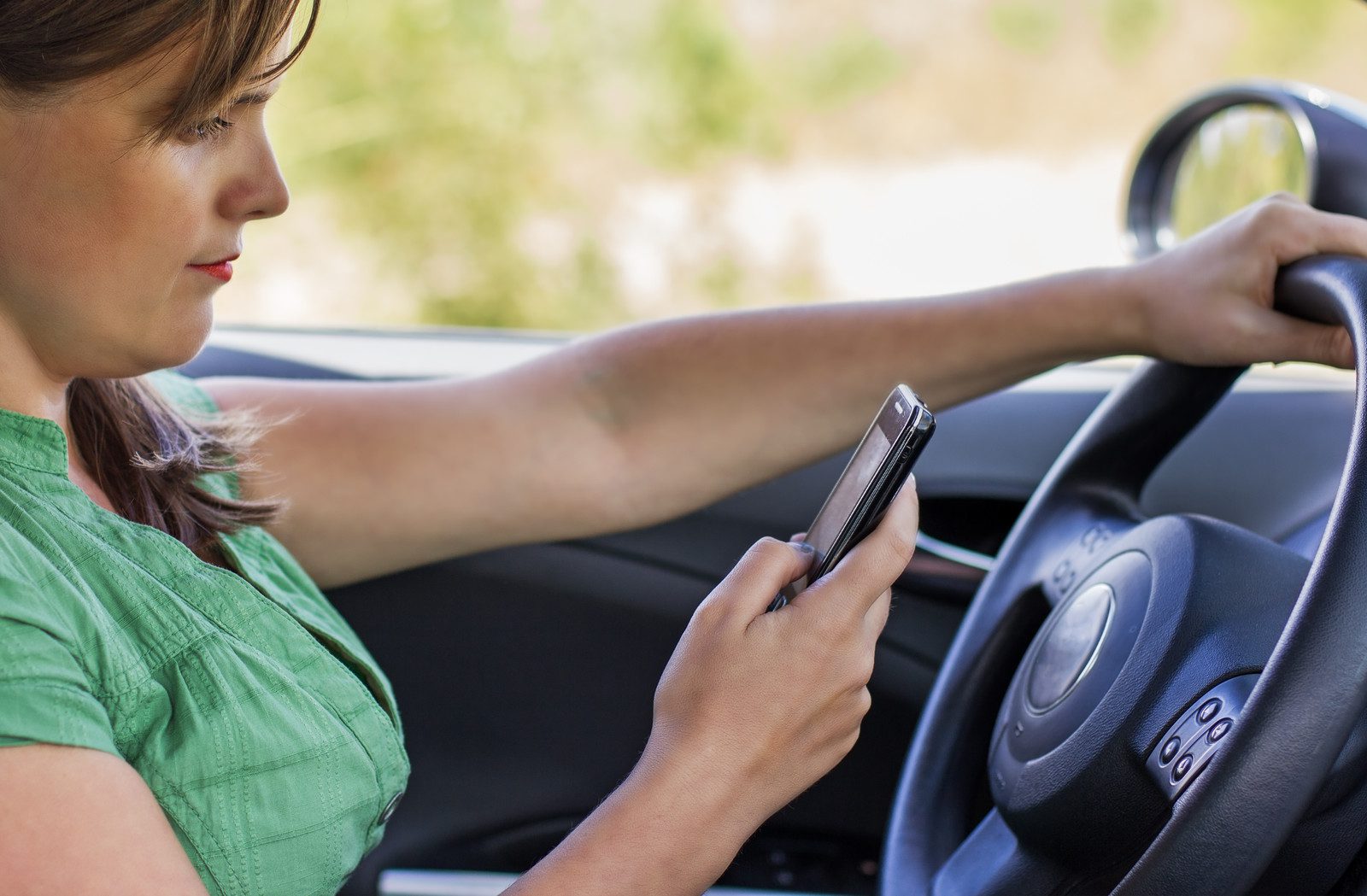Teen and Parent Misconceptions about Driving and Marijuana

Posted in: Hot Topics, Parenting Concerns, Teenagers, You & Your Family
Topics: Addiction & Substance Misuse
Friends don’t let friends drive drunk.
AdCouncil (1983)
We all remember this slogan.
It was coined at the launch of the Drunk Driving Campaign.
Since then, awareness of the serious risks of driving under the influence of alcohol are well known. And there have been significant changes in driving behavior. The many ad campaigns, prevention efforts, public education initiatives through national organizations and media, research on Driving Under the Influence (DUI), and legal and insurance penalties have all resulted in a decrease in mixing alcohol and use of motor vehicles. And more good news, according to the AdCouncil, nearly 70 percent of adults have tried to stop friends from driving drunk.
This is not to say that we don’t still have a way to go. We do. Plenty of people drive while under the influence of alcohol, and many folks still die on the roads, as a result.
But a new problem is on the horizon – one that no one previously expected. Marijuana is now legal for medical purposes in 29 states and in Washington, D.C. It is legal for recreational use in 9 states plus Washington, D.C.
What does the public believe about pot’s effects on driving?
Liberty Mutual Insurance and Students Against Destructive Decisions (SADD) conducted a new survey of 2,800 teens and 1,000 parents to better understand their perceptions of driving under the influence of marijuana, and how to prevent driving under its influence.
Here’s the scary part:
- 33% of all teens surveyed thought driving under the influence of marijuana is legal in states where its legal for adult recreational use;
- 27% of parents surveyed also believed it was legal in these states;
- 93% of parents believed DUI of alcohol was dangerous, but only 76% said the same about marijuana;
- 88% of teens agreed that drinking and driving was dangerous, but only 68% thought driving under the influence of marijuana was dangerous.
And there’s more bad news: 22% of surveyed teens admit that driving under the influence of marijuana was common among their friends.
This study and a study from the National Institute of Drug Abuse (NIDA) and the National Highway Traffic Safety Administration (NHTSA) point to a societal misunderstanding common to teens and their parents – DUI of marijuana isn’t dangerous. Yet evidence shows that marijuana impairs driving skills just like alcohol. It impairs motor coordination, judgment, and slows reaction time.
It’s really vital for parents and teens alike to understand the importance of not smoking and driving to keep everyone safe on the road. But let’s complicate the picture.
Not only are perceptions awry. The potency of marijuana is far greater than ever before. Studies of new hybrid strains, particularly of medical and now recreational marijuana are considered to be two to three times as potent as in the 1990s.
And finally, let’s consider the teenage brain. Neuroscience informs us that the brain does not fully mature until age 26. The driving behavioral forces in adolescents and young adults are the deep centers of the brain that fuel emotion and impulse. This is why teens tend to live in the moment, and can fall prey to peer pressure and get in a car with a peer who is driving under the influence. The neurons that later connect the emotional structures to the higher centers can slow things down and help them use reason, logic and consider the consequence of their actions. But this takes a long time.
So, putting it all together, we have greater potency of marijuana in the hands of teens who are not yet at capacity for making measured decisions, and compounded by parents, who themselves have serious misconceptions of the risks of marijuana.
So, what can we do?
Tips for National Organizations and Media
- Public education: If the work of the Ad Council and numerous other groups helped us all appreciate the risks of DUI of alcohol, and changed behavior, we need the same kind of national effort for using marijuana. Clearly the public does not understand the risks of this increasingly legalized substance. The campaigns should be multimedia, including traditional public service announcements, print and online articles, blog posts and social media posts.
- Research: We need more evidence-based work on the dangers of marijuana use when driving. And since marijuana stays in the body far longer than alcohol – up to a month when smoked daily, we need to know how to understand if and how this impairs driving and for how long.
- Information that resonates: Clearly both teens and parents have misconceptions about the impairment of marijuana on driving. It would be really valuable to find sources of good information about the effects of marijuana on driving together. The trick here is how to make this an interesting and even entertaining experience for both. The National Highway Traffic Safety Administration website may be a good place to start.
Tips for Parents and Teens
- Open the door for conversation: While the majority of parents say they’re talking with their teens about the dangers of DUI of marijuana (78%), only 53% of teens recall having had these conversations with their parents. No teen likes lectures. But parents should start talking with teens beginning at a very young age – even before they start driving – and continue those conversations over time. Since only half of teens recalled a conversation about marijuana and driving, repetition is a key component here.
- Level the playing field: We have seen in previous Liberty Mutual studies that parents are not always the role models they could be for teens, particularly in phone and app use while driving. They may be older and more experienced behind the wheel, but they do not seem to be wiser.
Liberty Mutual has a Teen Driving Contract that parents can use as a conversation starter and discussion guide. Mental health professionals know that “contracts” don’t necessarily work, and this is not a legal or binding document. Rather it helps parents and teens set a mutual agreement on rules to follow when driving, and hold each other accountable for safe practices. A teen will feel valued and positive if parents, who, after all, are their most important role models are abiding by the same demands as they are.
- Set clear rules: While teens never like rules (and many parents don’t either), there need to be clear rules about driving practices, and this should include use of marijuana, along with other substances, use of cell phones and digital media, and when or when not to get in a car with a friend who may be DUI. Such rules, if violated could mean withholding use of the car, loss of privileges, or other consequences. On the other hand, proof of safe driving practices should be rewarded. And, usually rewards work as better incentives than punishments.
- Create a secret code: Teens are self-conscious and subject to shame and embarrassment. Should they find themselves in an awkward position, say at a party and the driver is DUI of marijuana or alcohol, it may be wise for them to text the parent with a secret code, say 222. Then the teen could get a call from a parent demanding to be home right away, and picked up. Basically, the teen and parent would need to work out a “script” ahead of time in which the parent agrees to be the “bad guy.” It gives the teen an out and the ability to say, “sorry, I need to be picked up now. My dad just told me that. No questions asked.” This saves face, and protects the teen.
- Start young: While we typically don’t talk with our teens about driving practices until they are in high school, it pays off to talk with kids about driving even when they are in secondary school.
It’s pretty clear that marijuana is increasingly becoming legal for medical and recreational purposes. While we can debate the pros and cons of this national trend, one thing is clear.
There needs to be more awareness about its effects on thinking, feeling and behaving, and, in particular how it may affect driving under the influence. This is essential for saving lives.

 Share
Share Tweet
Tweet





